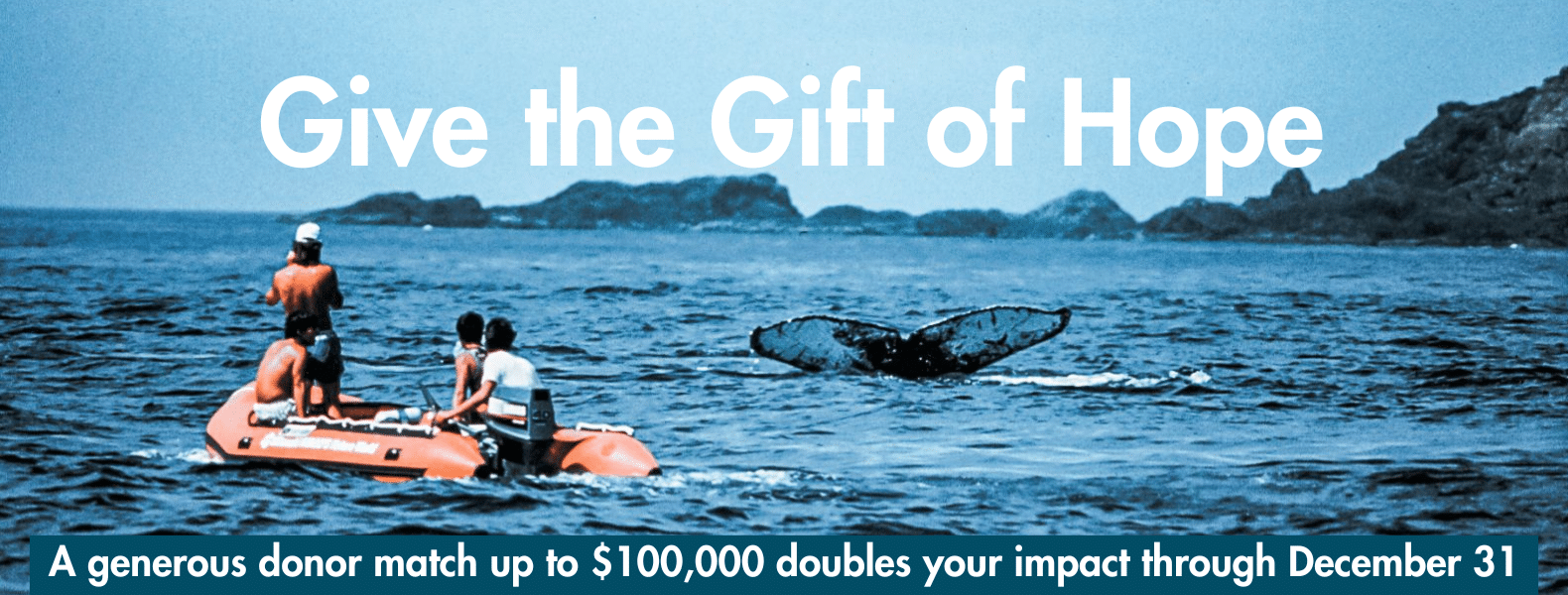By Mona de Crinis
From the tiniest bacteria to the largest whales, biodiversity is critical to the enduring health of all living things. Very simply stated, biodiversity describes the abundant variety of life on Earth, in all its forms, functions and interactions. It’s important to note that biodiversity concerns are not limited to species we consider rare, threatened or endangered but every species with which we share this planet — from humans to those organisms we know little about, such as microbes, fungi and invertebrates.
-

Humpback Whale -

Microscopic Image of Plankton
A crucial benefit of a biologically diverse ecosystem is its resiliency to environmental changes — a quality bearing increasing relevance as we face potential disruption due to impending climate change and other major threats impacting marine organisms that contribute to our collective survival. Whether directly or indirectly, planetary life depends on the ocean and an increasingly fragile cryosphere (the frozen water component of the Earth’s overall system).
Understanding that nature is far more complex than this introductory example, as many organisms eat — and are eaten by — myriad participants in the global food chain, an irreversible break in the connecting food chain could theoretically alter the balance of an otherwise healthy ecosystem. For example, a coral reef ecosystem in which there are few to no herbivores results in an excessive growth of algae blanketing the coral. This, in effect, destroys the habitat of many reef organisms causing them to slowly relocate or disappear thereby disrupting reef stability. When an ecosystem is biodiverse (having many different species at different levels within the food web), it will be less susceptible to small changes, such as the disappearance of a single herbivore species that could be replaced by an alternate species engaging in similar behavior.
In essence, all living things are connected through food webs and food chains, many of which originate in marine environments. In the case of a food chain, when one type of organism disappears, the chain collapses: Phytoplankton (plant-like plankton) are eaten by zooplankton (animal-like plankton), and zooplankton are eaten by fish; if the phytoplankton disappear, the zooplankton have nothing to eat and disappear, and the fish have nothing to eat and disappear. This has the potential to impact entire food webs and could spell disaster for the billions of people who rely on a healthy ocean for survival.

We all need to be acutely aware of the ocean crisis affecting our planet and actively work on mitigating harmful impacts to marine biodiversity. There are five major threats that we need to address: Unsustainable Tourism; Vessel Collisions with Marine Animals; Marine Plastic Pollution; Climate Change; and Bycatch. All of these threats have the capacity to alter the healthy biodiversity needed to sustain continued life, and all will be addressed in this new series, #DeepDivewithPWF, which will examine these threats one at time via social media platforms Facebook and Instagram (additional channels may be added in the future).

Let’s begin with Bycatch — a fisheries-related threat that describes the incidental catch of nontargeted species resulting in mortality and serious injury to marine mammals as well as additional sea life, all of which are vital contributors to biodiversity and maintaining a robust global ecosystem.

An initiative spearheaded by the United Nation’s Convention on Biological Diversity (CBD) calls on nations to protect at least 30 percent of its land and ocean areas by 2030 (30×30 global initiative). These science-based targets tell us that if current trends forecasted remain markedly unregulated (not slowed or halted) within the next 10 years, we will reach a “point of no return” resulting in disastrous implication for multiple ecosystems and species. In fact, some models predict that more than 30 percent of these ecosystems will need protection, with degrees varying across biogeographic regions. Nevertheless, the common consensus is that globally we must protect at least 30 percent if we are to safeguard biodiversity.
As outlined, countries and territories can begin protecting 30 percent of their ocean areas by establishing marine protected areas (MPAs), which are essential for safeguarding the health of marine ecosystems. MPAs are designated areas whose health is assessed, monitored, effectively managed and ecologically representative of its place on the globe, some through the restriction of fishing and other human activities. According to research, restricting or prohibiting fishing in an MPA will help conserve habitats and populations and may even increase the overall yield of fisheries, thereby encouraging a multi-stakeholder approach to mitigating biodiversity degradation. This concept has often been referred to as the “spillover effect,” in which species that rebound due to reduced fishing pressure move into areas beyond MPAs and improve ecosystem health outside of the protected boundary, all the while encouraging biodiversity.
In short, creating a more resilient marine ecosystem demands that we protect the biodiversity of ecosystems across the entire ocean. Join PWF in embracing this worthy goal with open arms and every resource available as we work together to fulfill our mission to protect the ocean through science and advocacy and inspire environmental stewardship.
Stay tuned for more ideas and efforts to mitigate the impact of Bycatch and other threats to the world’s ocean and marine animals that help sustain ALL life.

